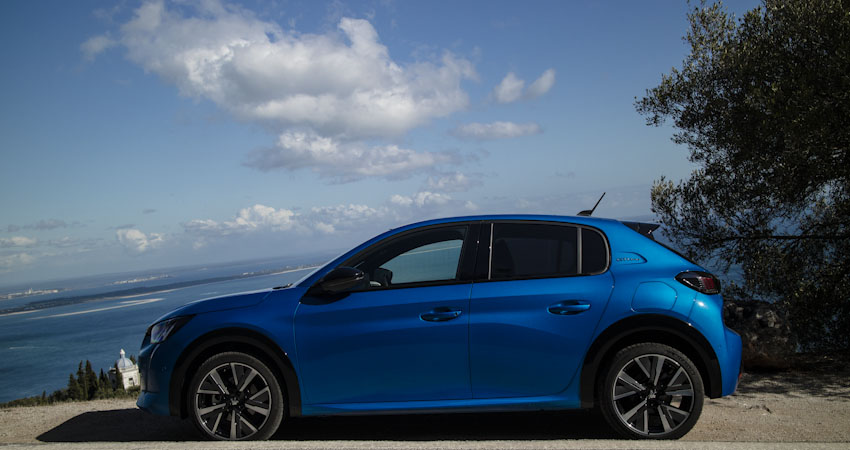
Peugeot have launched the new 208 and e-208 into a class full of established small hatches. The 208 sits alongside the Ford Fiesta, Volkswagen’s Polo and a whole host of small hatchbacks. Peugeot is aiming to stand out by creating something that has a very distinctive style as well as an all new electric version.
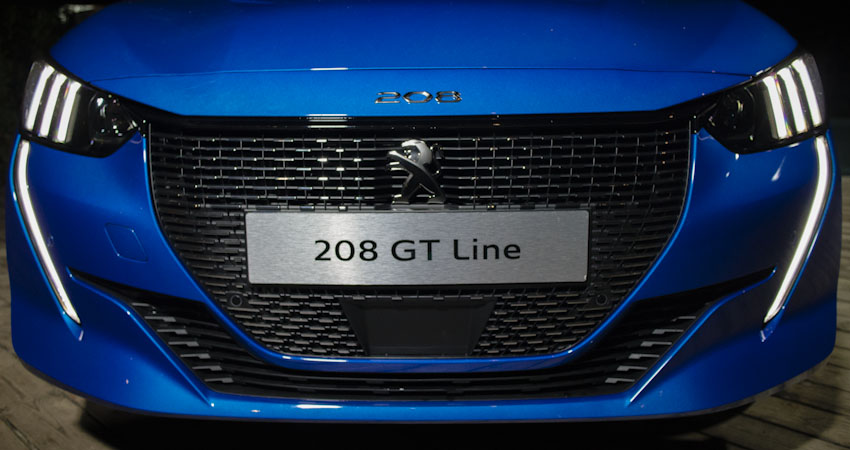
Some interesting styling points help it stand out, with LED headlights available on mid spec as standard and every car has the distinctive Lions Fang running down the side which, especially at night, stands out when it’s all lit up. At the back of the car you’ve also got an interesting light design with the lion’s claw and a premium gloss black finish that stretches all the way along the rear.
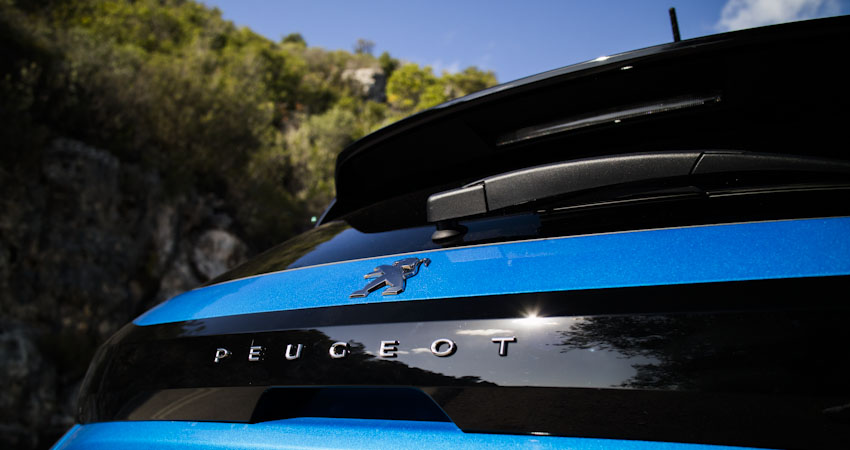
The exterior really stands out, where cars such as the Polo and Fiesta stick to proven designs, the 208 is very visually arresting. Where it also improves is that it’s got the build quality to match those of it’s competitors.
The interior sets a new benchmark in it’s class for design. The console consists of a touch screen, where you can access air con and a myriad of control settings. iCockpit will be familiar to Peugeot’s existing customers and is easy to use, in conjunction with the external piano keys, the driver has full control over Nav, Air-Con and Music etc. There are USB as well as USB-C charging ports, and Apple Car play and Android auto come as standard for connecting mobile devices.
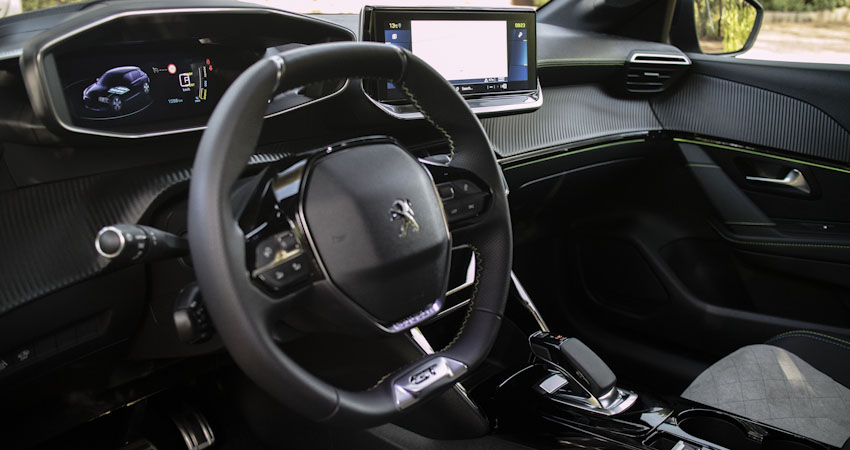
On the dashboard Peugeot have added a carbon-fiber effect where in the past it would have been a harder wearing texture, now replaced with a modern and pleasant trim. There are very few scratchy plastics used in the cabin, replaced by a soft to the touch rubber used on top of the dash as well as other high quality materials including the dash panel in gloss black finish. Throughout the cabin the fit and finish is very good.
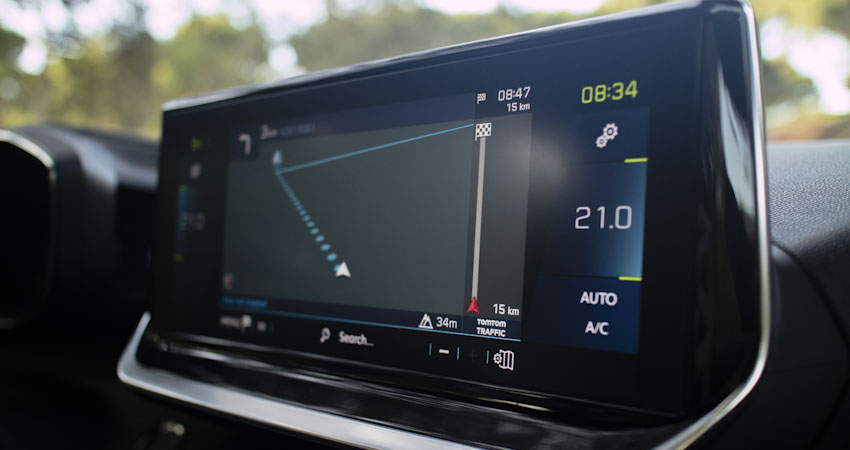
There are three trim levels – Active, Allure and GT Line – and a choice of three petrol engines and a diesel. In keeping with the world movement towards electric, Peugeot have launched the e208.
The tech is good, starting with the infotainment system, there is a large 10 inch on higher spec cars and on the lower spec vehicles a 7 inch, infotainment system. If you decide to go for the 7″ screen then you have some shortcut buttons either side of the screen but when you get the bigger 10″ screen then those buttons are moved down next to the piano key style shortcut buttons. You’ve got one line of physical buttons which are clearly labeled and then above them you’ve got touch sensitive buttons. They’re easier to operate while the vehicle is stationary or by your co-pilot, until you become used to their placement. The air-con controls would probably benefit from being physical dials but for now, they’re selected within the touchscreen system.
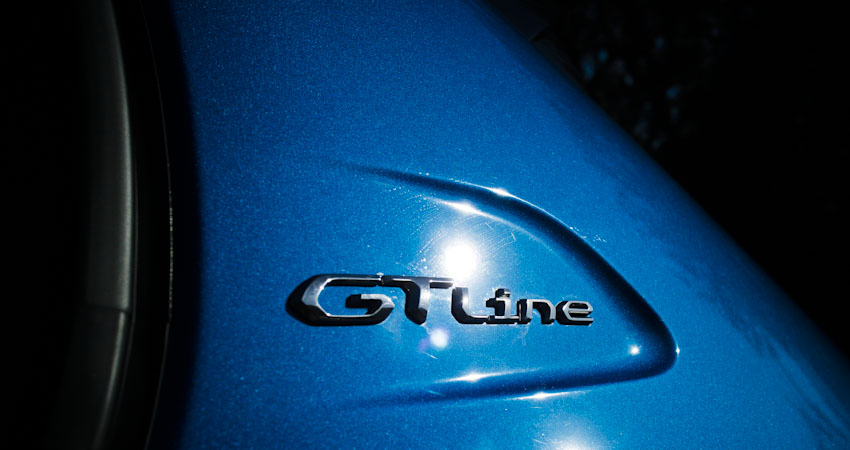
Another really interesting new bit of tech that the 208 gets is called 3D i-cockpit. 3D i-cockpit is the next generation above the standard system which adds 3D digital dials for the driver. Instead of having traditional analogue dials for speed and revs, Peugeot have made it fully digital but with a 3D layered effect for everything. Peugeot has taken this from some of its Motor Show concept cars and it’s put them into a fully production ready vehicle. It’s another step towards the 208 standing out in this class.
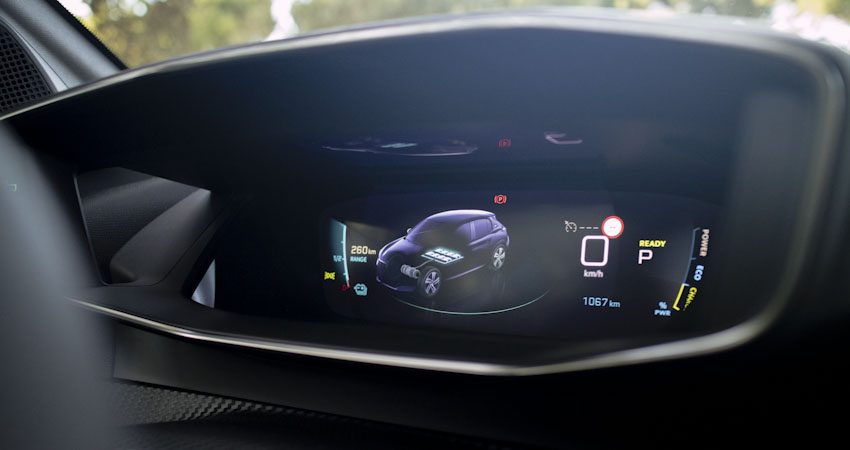
Interior space is pretty good, if you do option a sunroof it cuts a little into the headroom in the back but otherwise it’s a wide interior and you don’t sit too close to other passengers. For the driver there’s good adjustment in the seat as well plenty of legroom. The steering wheel takes some adjustment to free up the view of the instrument binnacle. There’s good adjustability for reach but it’s limited for rake. There’s lots of storage on offer with cubby holes and a removable key holder and deep pots for cup holders.
With the new Peugeot 208 you have a choice of Petrol, Diesel and fully electric. There are 3 power choices from the 1.2 litre engine available. The pick of the existing range that might suit most buyers is the Pure Tech 100. It’s responsive from low revs, which is good for around town and then even when you go on the motorway it’s powerful enough to keep up with traffic. If you are going to be predominantly doing big mileage on the motorway, then you might want to consider the pure tech 130. It’s more powerful, it’s quicker and it just offers a bit more flexibility on the motorway but it’s only available with the 8 speed automatic gearbox (which will raise the price). If you’re looking at balancing value and performance, the Pure Tech 100 with a 6-speed manual gearbox should tick all the right boxes.
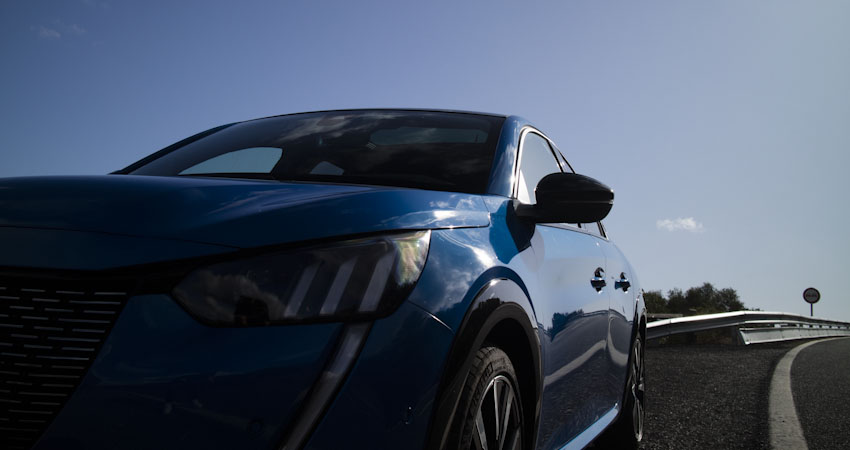
Peugeot haven’t replaced the Diesel engine with the Electric variant as they still expect Diesel to account for many sales. If you are a high mileage driver then maybe that’s the one you should consider for long distance fuel economy. It’s a fine engine, quiet and reasonably refined. All of the available engines are impressively refined, there’s no annoying Diesel clatter and around town and the Petrols are pretty hushed .
The steering is smooth but could be improved by adding a more natural slick self-centering action. If you’re going around a corner and you wind the lock on, it could smooth out the level of slickness a touch.
The 208 has retained some lightness and is fairly agile as well so it will manage quick changes of direction without fuss. At high speeds on the motorway the ride is flat and smooth. At lower speeds on broken roads it sends some bumps and imperfections through the cabin. As you come down the power range, this adapts to a slower, less direct driving style.
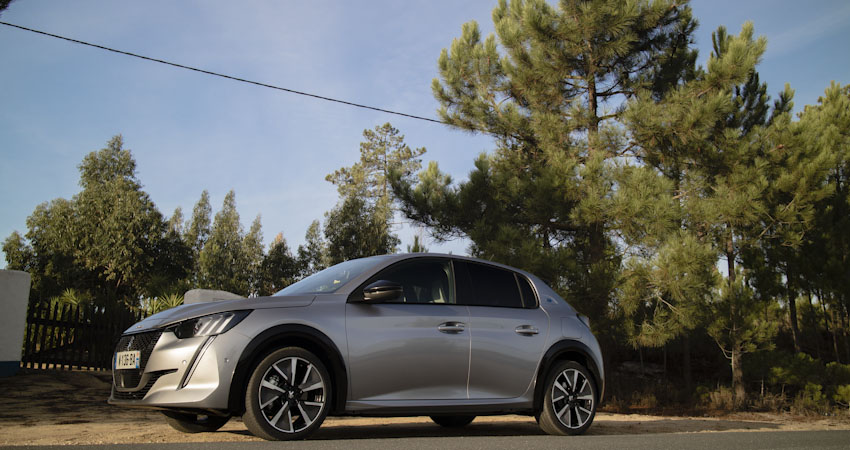
The fully electric e-208 looks identical to the Petrol and Diesels and that’s because it pretty much is exactly the same inside and out. There’s very little to tell the lineup apart. This is part of Peugeot’s electrification plans where every model they will offer is going to have some sort of electrification option within the lineup. The e-208 has got a 50 kilowatt hour battery and it can charge as standard up to speeds of 100 kilowatts. If you’re on the motorway and go to a fast charging station, then a 0 to 80% charge is possible in around 30 minutes. You will be able to download My Peugeot apps which enable the user to remotely start/stop charging, pre-heat or cool the car or share with someone who doesn’t have a physical key on them (or if the other half has gone to work with the key on them and you’re left having to get the bus to work).
The 3 drive modes work well to either nip about town or save range on longer drives. The weight and placement of the battery was always going to effect the driving style of the e-208 , so Peugeot have adapted the driving style in order to bring it in line with it’s siblings. The tyres could do perhaps with fitting a size or two bigger (they’re currently riding on Class A tyres), to help deal with tram lining on some of the rougher roads we encountered. This would then of course affect the economy. So it’s up to you just how much range you will expect to get from a charge and just how far you wish to go.
Peugeot estimate there will be up 30% in savings on maintenance costs compared to typical cars. The e-208 will come with a Mode 2 charger, and Mode 3 will be optional. The battery will have an 8 year warranty or up to 70% charge capacity. The cabin and boot-space are identical to the existing Petrol and Diesel versions. The 100 KW (136 bhp) electric engine delivers a 0 to 100kmh stint in 8.1s (in Sport Mode).
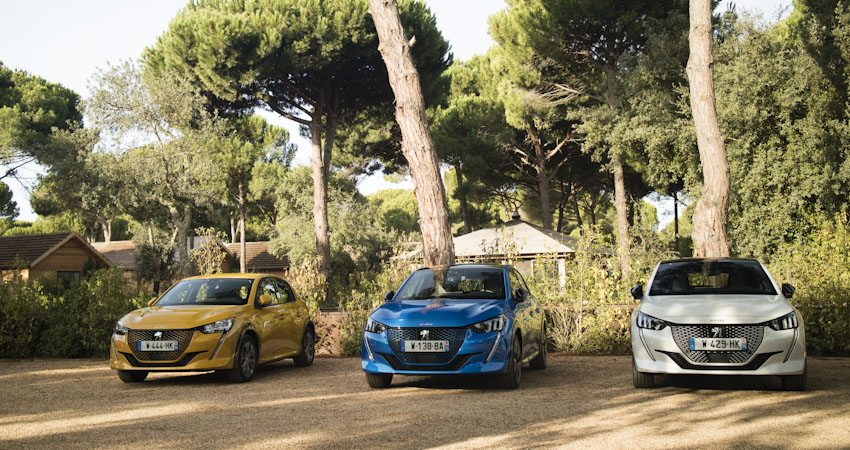
Prices for the 208 3 Door start at €17,655 for the Active, the 1.2 litre engine is available with 3 different engine powers. The 1.2 75BHP 5 speed Allure starts at €20,105, then the 110 BHP 6 Speed Manual is €21,745, the 8 speed auto starts at €23,865 and then there’s the 1.5 HDi 100 BHP 5 Speed Manual priced at €23,270. All three versions of the new 208 go on sale at the start of 2020.
